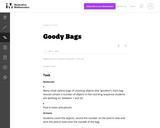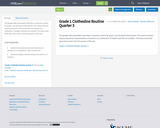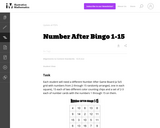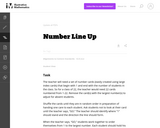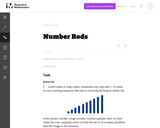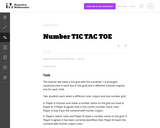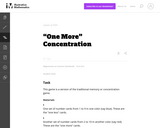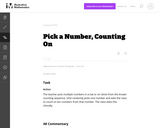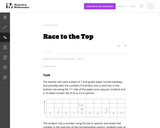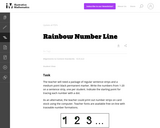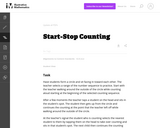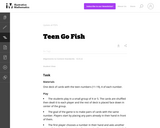(Nota: Esta es una traducción de un recurso educativo abierto creado por el Departamento de Educación del Estado de Nueva York (NYSED) como parte del proyecto "EngageNY" en 2013. Aunque el recurso real fue traducido por personas, la siguiente descripción se tradujo del inglés original usando Google Translate para ayudar a los usuarios potenciales a decidir si se adapta a sus necesidades y puede contener errores gramaticales o lingüísticos. La descripción original en inglés también se proporciona a continuación.)
En la primera mitad de este módulo, los estudiantes identifican atributos medibles de objetos en términos de longitud, peso y capacidad. Los estudiantes aprenden palabras como pequeñas, grandes, cortas, altas, vacías, llenas, pesadas y ligeras para que tengan el vocabulario necesario para describir objetos (PK.MD.1). La comparación de la longitud, el peso y la capacidad conduce naturalmente a discusiones sobre la cantidad y el número. En la segunda mitad, la medición está conectada a la cantidad, ya que los estudiantes razonan si hay suficientes, más que, menos o el mismo número de objetos en un conjunto utilizando estrategias de coincidencia y de conteo (PK.CC.5). La comparación de conjuntos de concreto conduce a comparar cantidades y números abstractos. Los niños también se centrarán en identificarse primero y el último en cantidades de hasta 5 y 10 en diferentes configuraciones (PK.CC.6).
English Description:
In the first half of this module, students identify measurable attributes of objects in terms of length, weight, and capacity. Students learn words such as small, big, short, tall, empty, full, heavy, and light so that they will have the vocabulary needed to describe objects (PK.MD.1). The comparison of length, weight, and capacity naturally leads to discussions about quantity and number. In the second half, measurement is connected to quantity as students reason if there are enough, more than, less than, or the same number of objects in a set using matching and counting strategies (PK.CC.5). Comparing concrete sets leads to comparing quantities and abstract numbers. Children will also focus on identifying first and last in quantities up to 5 and 10 in different configurations (PK.CC.6).
